Daily Practice Courses
The Daily Practice Courses teach you how to integrate the teachings of Buddhism into your daily life. In these courses you will learn the nuts and bolts of how to meditate as well as specific meditations on emptiness, compassion and each of the steps to enlightenment. Each course contains audio classes and original translations from Tibetan Buddhist scriptures.

ACI Daily Practice Series – Tong Len: Contemplations on the Practice of Giving and Taking (2019, Arizona)
This is an excellent meditation practice to develop a caring attitude in our hearts toward everyone in our lives, especially those that we have difficulty with. And it’s a wonderful meditation to do when one has an illness, to cultivate empathy, or to generate happiness. Tong Len practice cultivates love and compassion for ourselves, those we are indifferent toward, and those who harm us. It’s a great way to learn to be kind to yourself and others.

Daily Practice Series Course 05: Meditation on Death and the End of Death (1999, Raleigh)
Death is feared, avoided, and denied in ways that often causes us to live as if we will never die. At the end of life, people often die with intense regret from not having done the important things they wanted to do in their life. Acknowledging the fact that we will die, and that we have a limited, unknown amount of time left is essential to making our life choices. By meditating on death in the proper way, we can make every moment of life precious and meaningful. A good death meditation results in a happy, clear mind, free of anxiety and fear. One learns to live each day of life as if it were the last, thereby avoiding meaningless activity and spending each moment in the most fulfilling way possible.

How to do a Daily Practice 05: A Perfect Body & Mind (1998, New York)
Spiritual study is considered only the first step, and traditionally for a complete spiritual practice to be successful, there is also the additional steps of contemplating and then obviously actually practicing what you’ve studied. A lot of this practice is done in meditation, so even if you’ve studied a lot of Buddhism for years, if you haven’t done a lot of meditation and your other daily practices then it probably won’t have much effect on you. It’s essential that you have a daily diet of spiritual practice. That’s exactly what this series of classes delivers, all in a sweet combination of traditional instruction, practical advice, guided meditations, and Q&A.
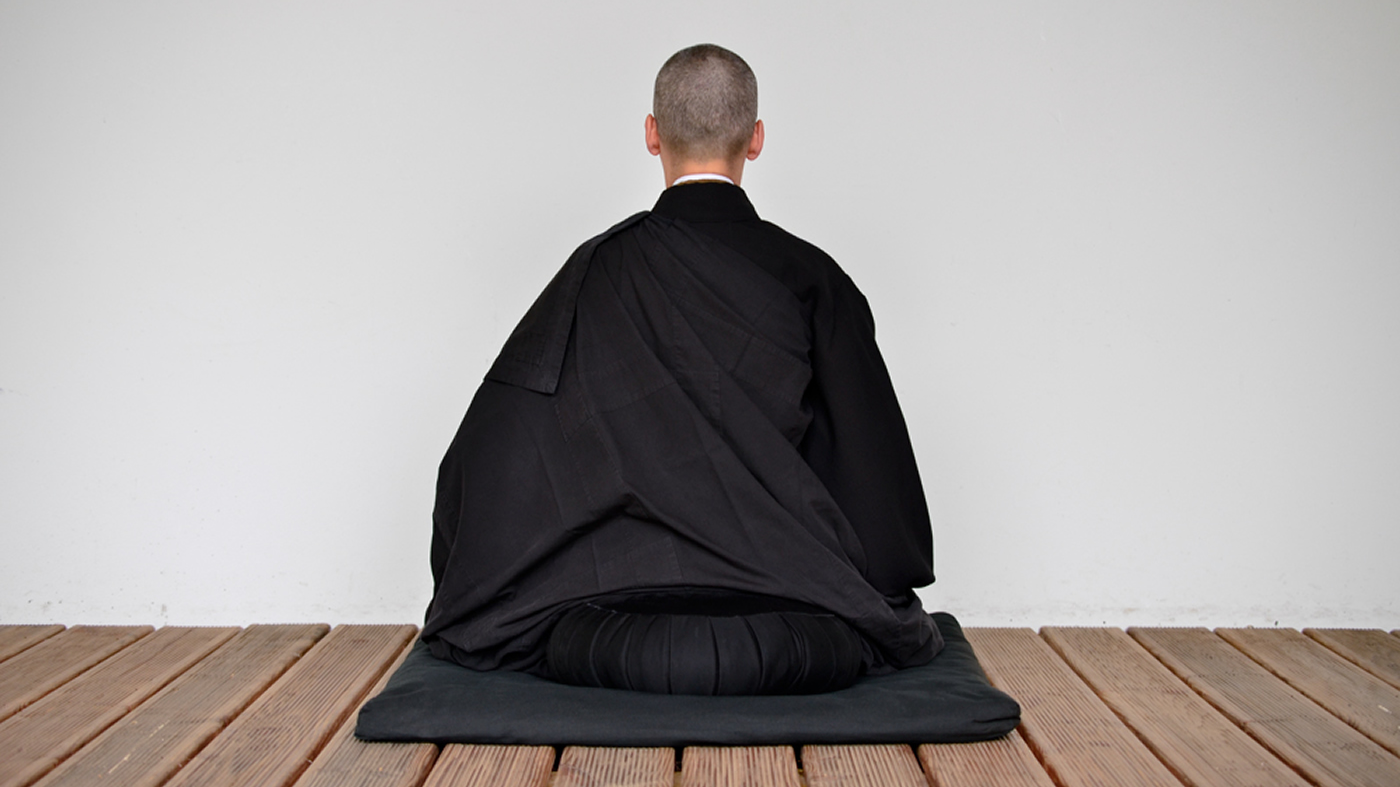
How to do a Daily Practice 19: A Daily Practice (1999, New York)
Topics include: guided meditation on the breath; the two core elements of a successful daily practice; discussion about the importance of a daily practice; study, contemplation, and meditation; scheduling your day.
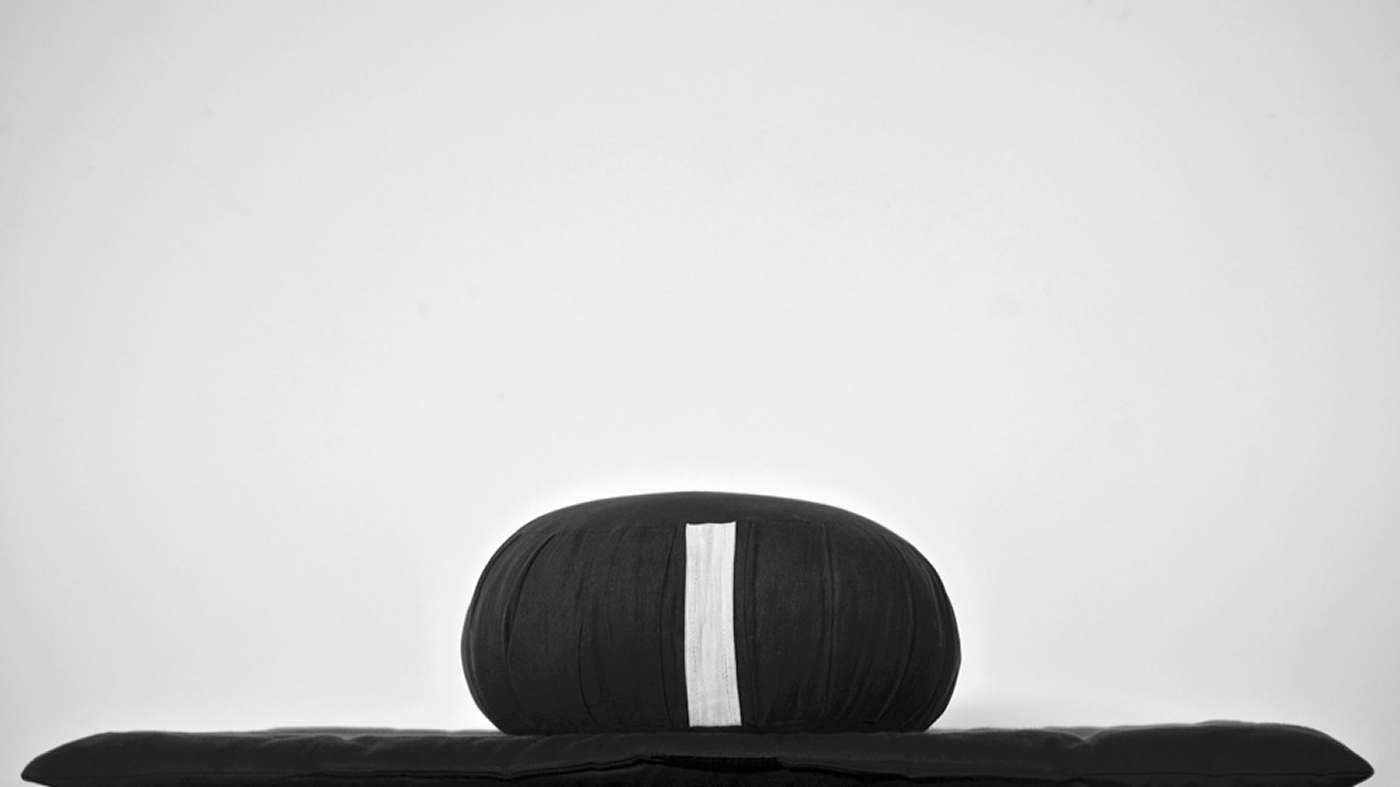
How to do a Daily Practice 18: Core Elements of a Successful Daily Practice (1999, New York)
Topics include: complete guided meditation going through all the necessary steps; the two core elements of a successful daily practice; discussion about how to keep The Book, monitoring your behavior throughout the day.

How to do a Daily Practice 17: Nuts & Bolts of a Daily Practice (1999, New York)
Topics include: guided silent meditation; discussion about how to do your daily practice; Q&A.

How to do a Daily Practice 16: Meditation for Depression, Anxiety, and Low Self-Esteem (1999, New York)
Topics include: guided meditation on the preliminaries to meditation; guided meditation for depression; anxiety; depression; low self esteem; guided meditation on the kindness of others.

How to do a Daily Practice 15: Meditation to Help Those Who Have Recently Died (1999, New York)
Topics include: guided meditation on the preliminaries to meditation; guided meditation on a variation of a ritual to help someone who has died purify their negative karma.

How to do a Daily Practice 14: A Complete Meditation (1998, New York)
Topics include: how to prepare to meditate; advice on how to improve your meditation; benefits of meditation; how to make your spiritual life take off; advice on breathing in meditation; relating to your immediate world in an enlightened way; guided meditation on the preliminaries to meditation; guided meditation praying for the blessing of your teacher.

How to do a Daily Practice 13: Office Meditation (1998, New York)
Topics include: guided meditation on the preliminaries and the image of a holy being; how to setup your meditation by your behavior during the rest of the day; creating the conditions for a successful meditation from Arya Nagarjuna.

How to do a Daily Practice 12: Seeing Emptiness Directly And Creating Your own Enlightenment (1998, New York)
Topics include: the goal of meditation: seeing emptiness directly and creating your own enlightenment; the importance of preparing for meditation; preparing your meditation place; cleaning the room; finding a meditation seat; and setting up an altar; prostration: acknowledging the prescence of holy beings; offerings; proper meditation posture; what good meditation feels like; the purpose of watching your breath in meditation; how to watch your breath in meditation; examining the reason to meditate; meditating to stop your death; dedicating good karma; silent meditation on watching your breath and thinking about why to meditate; guided meditation on watching your breath.
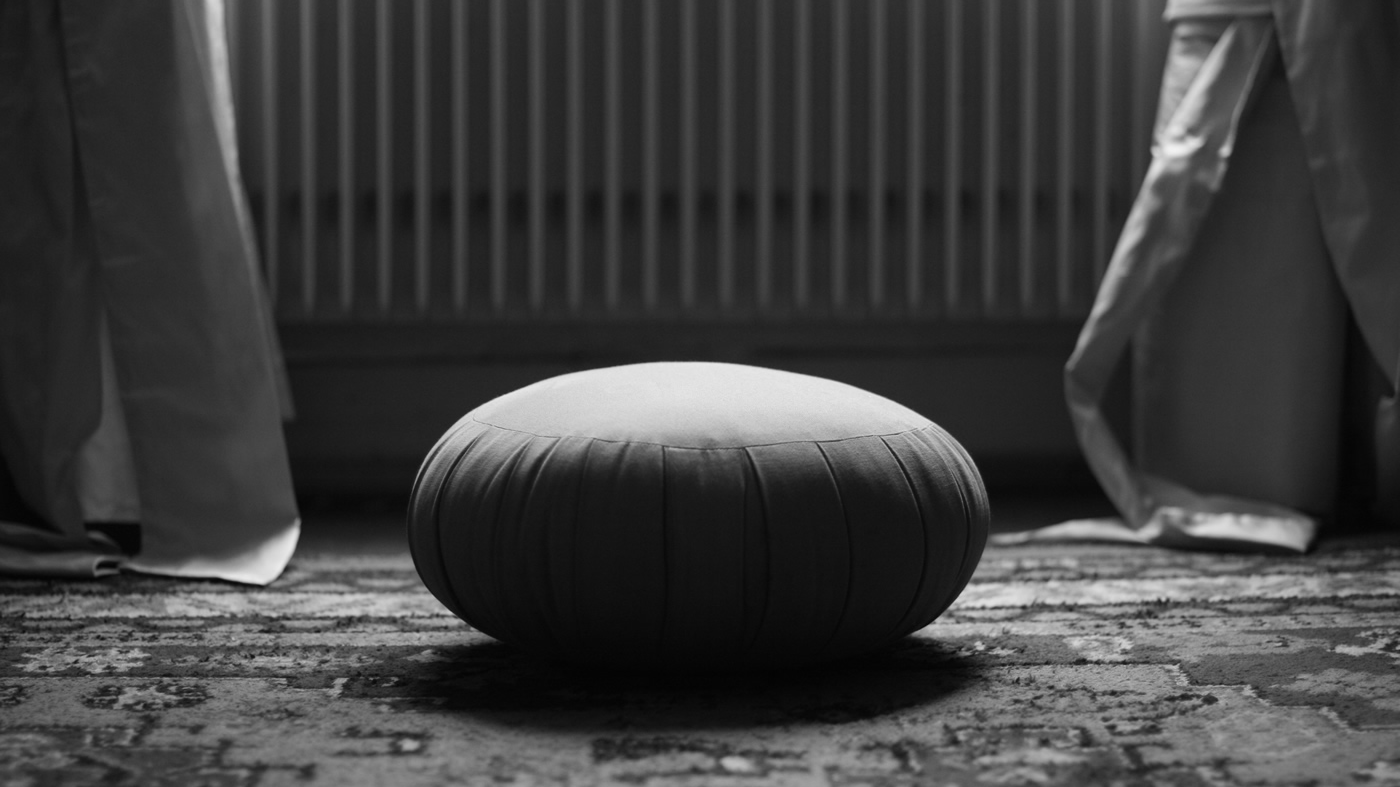
How to do a Daily Practice 11: Doing your Personal Practice at Home (1998, New York)
Topics include: importance of having a daily practice; three components of a complete spiritual practice; five great levels of spiritual evolution; the Buddhist laboratory of your daily life.

How to do a Daily Practice 10: All Day Meditation (1998, New York)
Topics include: how to keep meditation mind all day long; Arya Nararjuna’s advice on basic faults or obstacles of meditation; how to keep The Book and track your daily behavior.
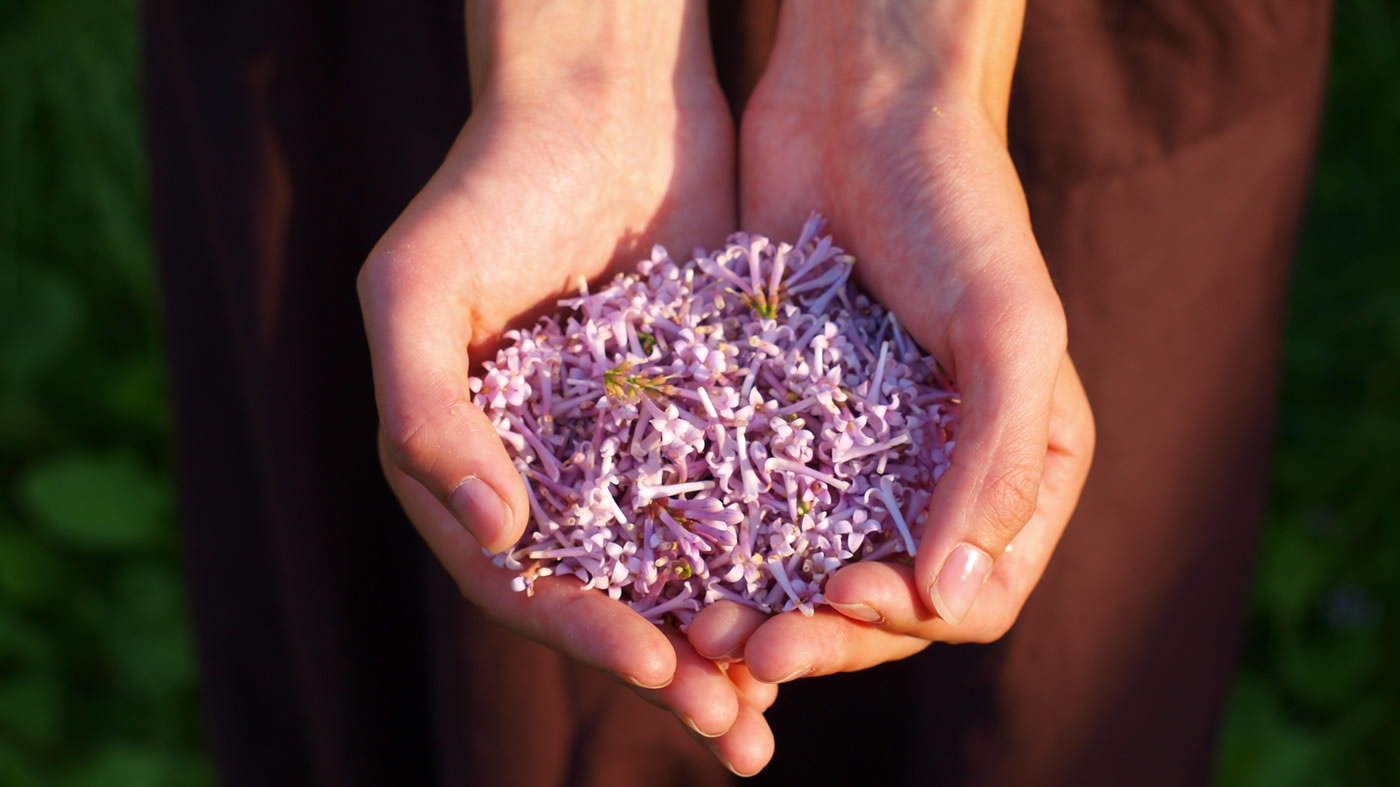
How to do a Daily Practice 09: A Guided Meditation on Compassion for Yourself (1998, New York)
A lot of this practice is done in meditation, so even if you’ve studied a lot of Buddhism for years, if you haven’t done a lot of meditation and your other daily practices then it probably won’t have much effect on you. It’s essential that you have a daily diet of spiritual practice. That’s exactly what this series of classes delivers, all in a sweet combination of traditional instruction, practical advice, guided meditations, and Q&A.
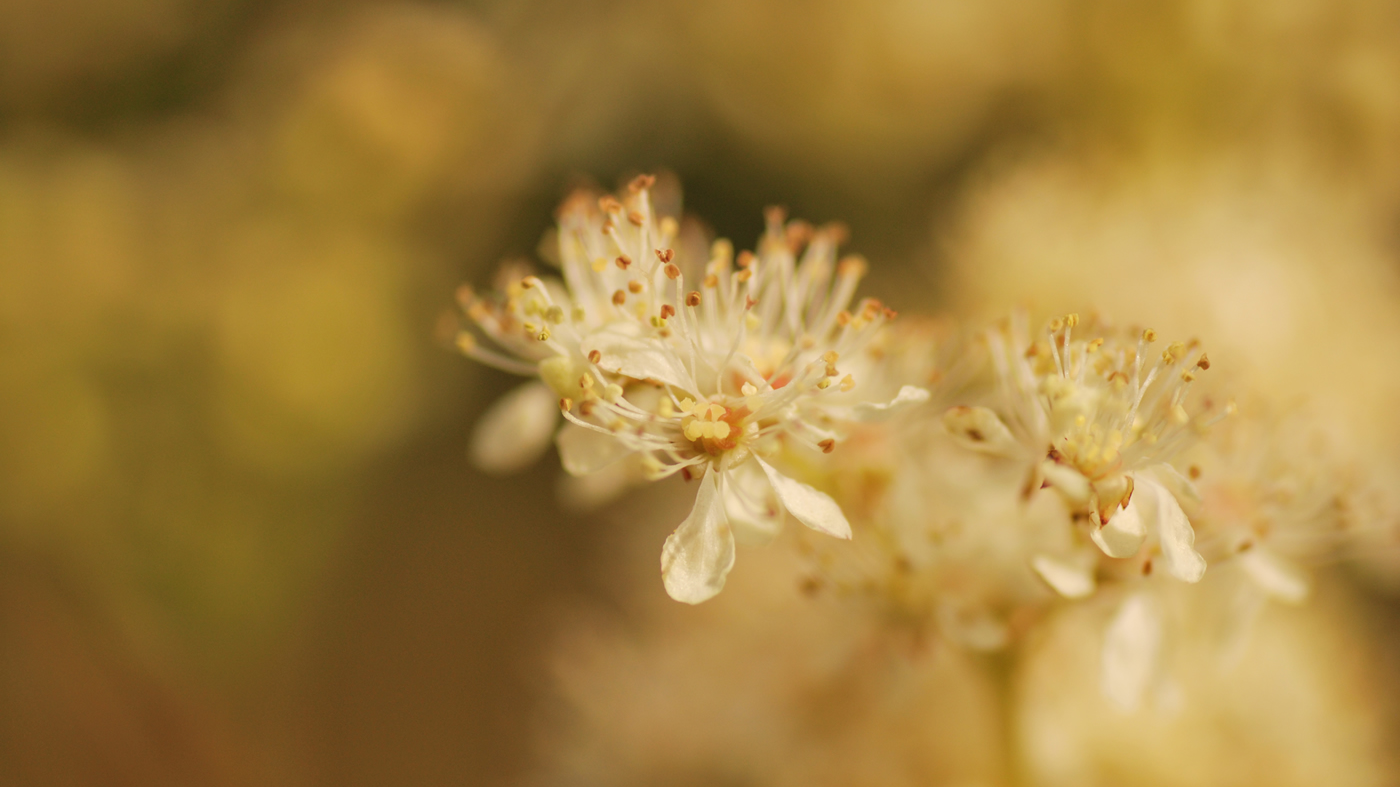
How to do a Daily Practice 08: A Home of Fragrant Light (1998, New York)
Topics include: preparing for a meditation session; cleaning your room before meditating; making offerings; meditation posture; how to do breath meditation; losing the good things in your life; how to meet angels; silent breathing meditation; silent meditation on the breath and the reason to meditate; guided meditation on visualizing a holy being and receiving their blessings.

How to do a Daily Practice 07: The Gift of Deathlessness (1998, New York)
A lot of this practice is done in meditation, so even if you’ve studied a lot of Buddhism for years, if you haven’t done a lot of meditation and your other daily practices then it probably won’t have much effect on you. It’s essential that you have a daily diet of spiritual practice. That’s exactly what this series of classes delivers, all in a sweet combination of traditional instruction, practical advice, guided meditations, and Q&A.

How to do a Daily Practice 04: A Daily Practice for Quick Happiness (1998, New York)
Topics include: using Giving and Taking Meditation on your mental afflictions; Giving and Taking Meditation and death; sickness; addiction; phobia; how Giving and Taking Meditation works and how it doesn’t work; transferring good karma; walking on water; alchemy; how to purify bad deeds by meditating on emptiness; the five paths; the direct perception of emptiness; the connection between quality, characteristic, and dependent origination; material causes and contributing factors; inter-being.

How to do a Daily Practice 06: A Pure World (1998, New York)
Topics include: preparing for a meditation session; the cause of back pain; guided meditation on the preliminaries to meditation; guided meditation on seeing your world as pure.
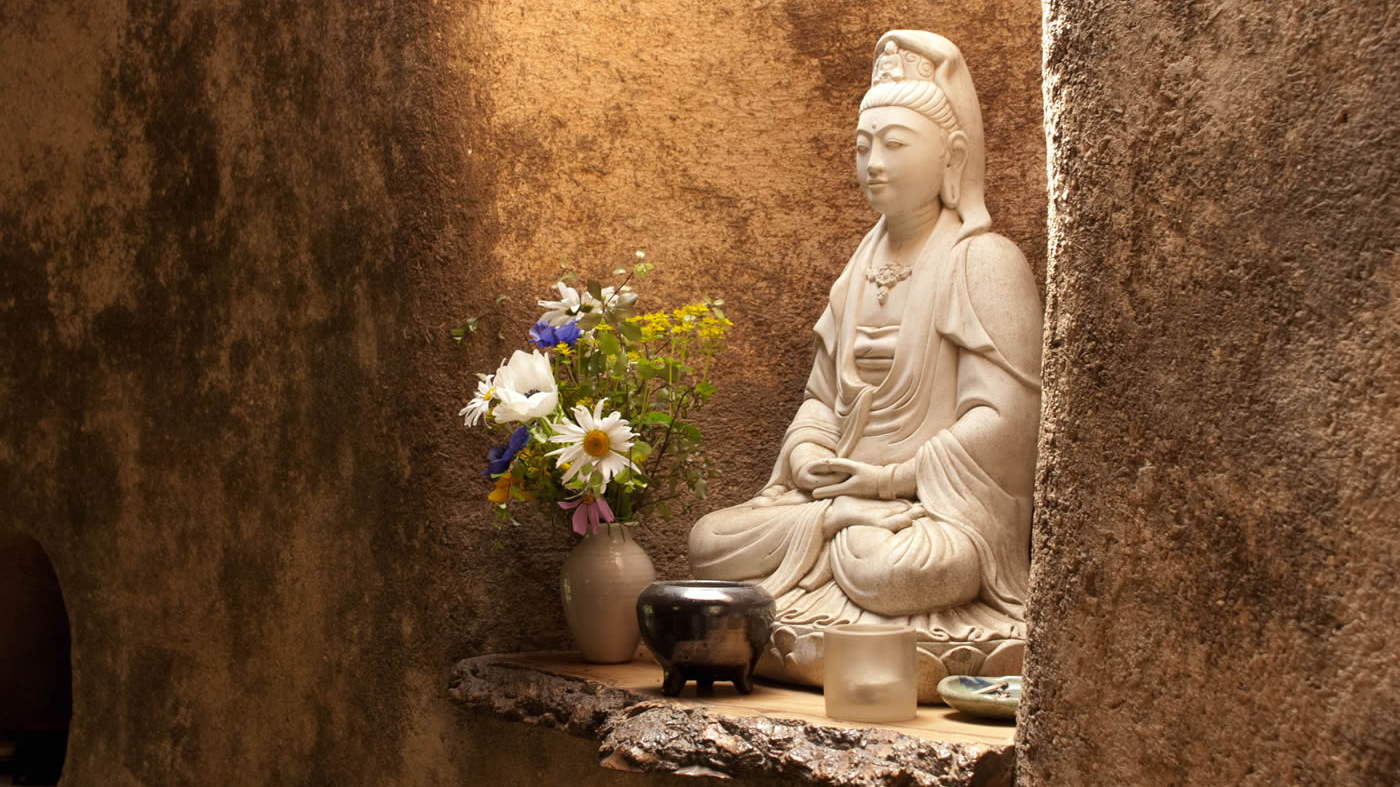
How to do a Daily Practice 03: Guided fixed meditation on the Image of a Teacher or Enlightened Being (1998, New York)
A lot of this practice is done in meditation, so even if you’ve studied a lot of Buddhism for years, if you haven’t done a lot of meditation and your other daily practices then it probably won’t have much effect on you. It’s essential that you have a daily diet of spiritual practice. That’s exactly what this series of classes delivers, all in a sweet combination of traditional instruction, practical advice, guided meditations, and Q&A.

How to do a Daily Practice 02: Guided Meditation through the Preliminaries and a Meditation for Protection (1997, New York)
Topics include: preliminaries to meditation; importance of regular daily practice; discussion about how to do your daily practice; Guided meditation through the meditation preliminaries; guided Giving and Taking meditation.

How to do a Daily Practice 01: Guided Meditation through the Preliminaries and Giving and Taking (1997, New York)
A lot of this practice is done in meditation, so even if you’ve studied a lot of Buddhism for years, if you haven’t done a lot of meditation and your other daily practices then it probably won’t have much effect on you. It’s essential that you have a daily diet of spiritual practice. That’s exactly what this series of classes delivers, all in a sweet combination of traditional instruction, practical advice, guided meditations, and Q&A.
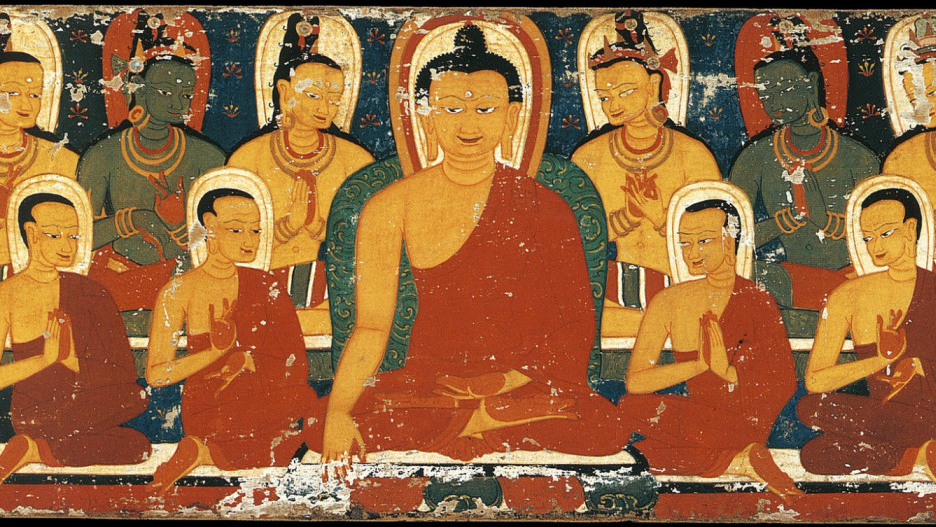
Daily Practice Series Course 08: The Heart Sutra, A Meditation on Emptiness (2000, Soquel)
The Heart Sutra is one of the most popular prayers in Buddhism. It contains seemingly mystical, impenetrable verses that describe how reality does exist, and the way in which it does not exist. This meditation penetrates into the real meaning of the sutra, which describes how our very nature, including our bodies, minds and identities are not what they appear to be. We meditate on the very nature of ultimate reality (emptiness) to discover where things come from and how they really exist. This is an excellent introductory overview meditation on emptiness. This topic was covered twice, each time with a different emphasis, and both versions have been provided.

Daily Practice Series Course 01: Mandala of the Steps to Enlightenment (1999, Redding)
We visualize the mandala of the Lam Rim, contemplating each and every step of the path, as we travel through the rooms of the mandala in the same order that one should progress through their spiritual practice. Each step along the spiritual path should be taken in its proper sequence to bring one to the end of the path. This meditation reviews the steps of the path and the order in which to move through those steps. We visualize the mandala of the Lam Rim, contemplating each and every step of the path, as we travel through the rooms of the mandala in the same order that one should progress through their spiritual practice. By visualizing the spiritual path as a mandala, and seeing ourselves journeying through the rooms of the mandala, we deeply internalize the stages of the path.

Daily Practice Series Course 09: The Emptiness of the Mind (Mahamudra) (1999, Soquel)
We meditate on our mind, examining it on six different levels, each one leading to a more sophisticated understanding of our mind and its nature. This meditation practice focuses on understanding ultimate reality (emptiness) on a more advanced level. Mahamudra is meditation on the ultimate nature of one’s own mind. We meditate on our mind, examining it on six different levels, each one leading to a more sophisticated understanding of our mind and its nature. Meditating on the ultimate nature of one’s own mind is an important part of a larger practice that leads to the direct perception of ultimate reality. The direct experience of ultimate reality is a key meditative realization that assures very quick enlightenment.

Daily Practice Series Course 06: The Four Powers to Remove Negative Karma (1999, California)
To become enlightened and be happy all the time, one must be virtuous towards every living being all the time. Unfortunately, at present, most of us can not do this. Instead, we routinely behave badly towards others, harming with our thoughts, words, and actions. The result is that we collect negative karma throughout our lives. This practice teaches how to clean up and purify our past negativity to prevent that old bad karma from ripening upon us as difficulties, problems, pain, or suffering in our life.

Daily Practice Series Course 04: The Seven-Point Practice for Developing a Good Heart (1999, Goa)
Developing a good heart (Lojong) is the cornerstone of spiritual practice. These teachings and meditations provide concise, efficient methods to develop heartfelt love and compassion for all those around us. Lojong is an inspiring practice that trains you to make the most of life by caring about others, and to integrate that attitude into your daily life. This Seven-Point Lojong is based upon the Advices for Training Oneself in the Greater Way by Geshe Chekawa (1101-1175), and contains many powerful advices on how to practice thinking and acting like a bodhisattva. These teachings and practices were kept secret for centuries because masters of the past did not want their seemingly mystical verses to be misunderstood. This topic was covered twice, each time with a different emphasis, and both versions have been provided.

Daily Practice Series Course 04: The Seven-Point Practice for Developing a Good Heart (1999, Gallway)
Developing a good heart (Lojong) is the cornerstone of spiritual practice. These teachings and meditations provide concise, efficient methods to develop heartfelt love and compassion for all those around us. Lojong is an inspiring practice that trains you to make the most of life by caring about others, and to integrate that attitude into your daily life. This Seven-Point Lojong is based upon the Advices for Training Oneself in the Greater Way by Geshe Chekawa (1101-1175), and contains many powerful advices on how to practice thinking and acting like a bodhisattva. These teachings and practices were kept secret for centuries because masters of the past did not want their seemingly mystical verses to be misunderstood. This topic was covered twice, each time with a different emphasis, and both versions have been provided.
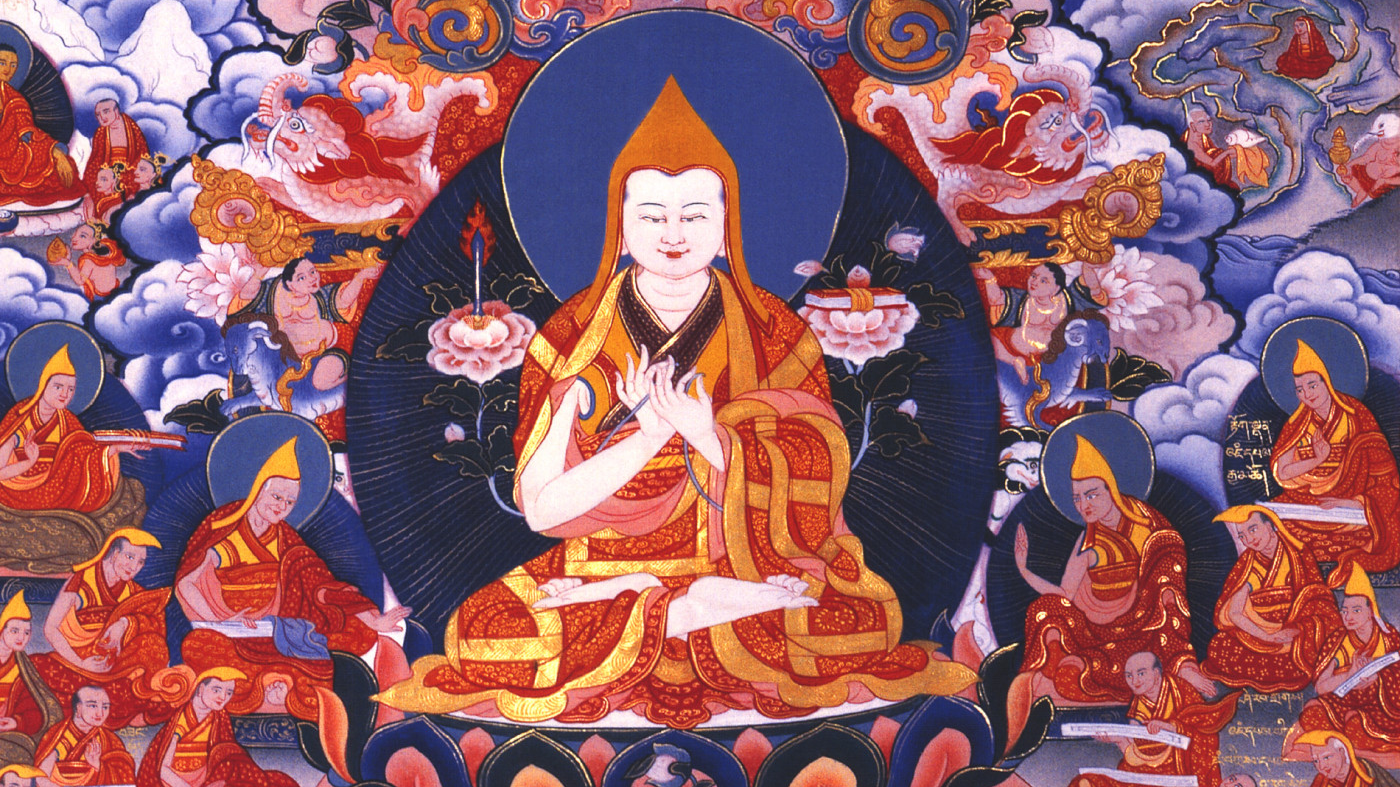
Daily Practice Series Course 10: Je Tsongkapa’s Mantra (Ganden Hlagyama) (1998, Redding)
This meditation is an excellent method to improve your spiritual capacity and to dramatically enhance your ability to practice. Learn to receive great spiritual blessings with this meditation practice that focuses on the Thousand Angels of the Heaven of Bliss, A Prayer of Lama Devotion. The visualizations associated with meditating upon the prayer are emphasized, with special attention given to the mantra recitation. This is an excellent preparation for advanced tantric meditation. It lays the foundation for tantric retreat by properly guiding you through mantra meditation and teaching you how to do mantra recitation and retreat.
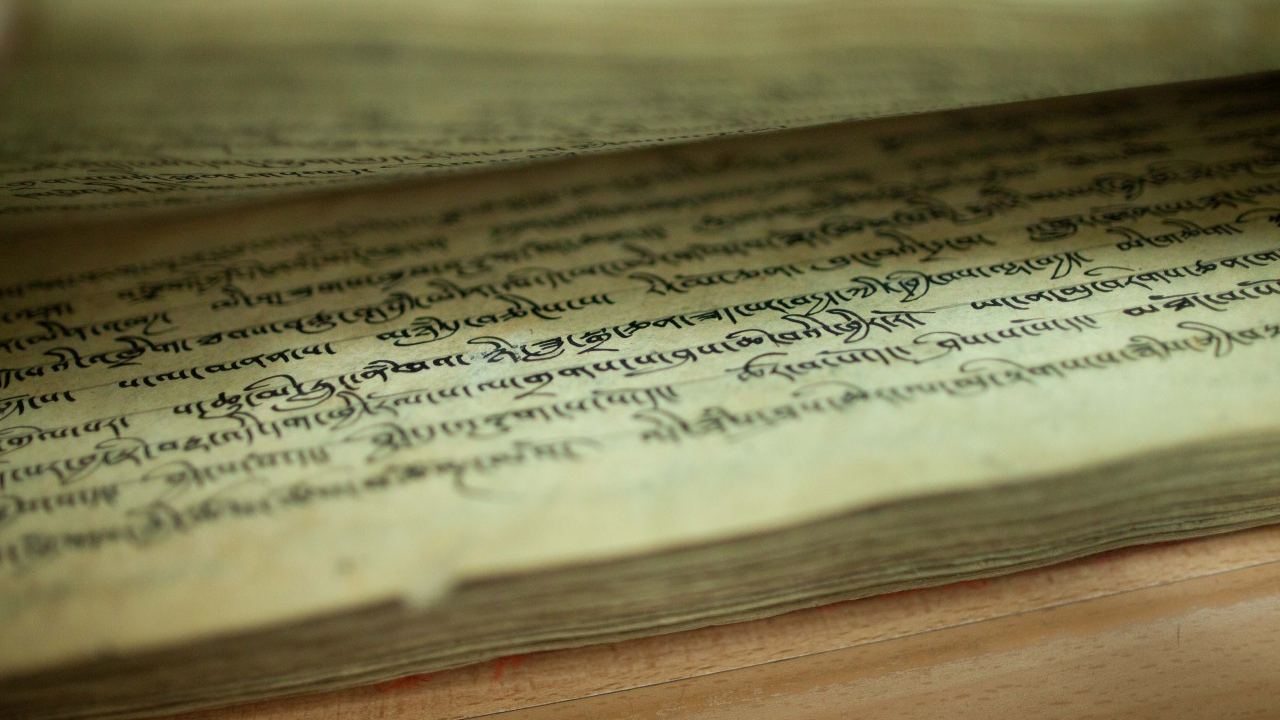
Daily Practice Series Course 08: The Heart Sutra, A Meditation on Emptiness (1998, Redding)
This meditation penetrates into the real meaning of the sutra, which describes how our very nature, including our bodies, minds and identities are not what they appear to be. The Heart Sutra is one of the most popular prayers in Buddhism. It contains seemingly mystical, impenetrable verses that describe how reality does exist, and the way in which it does not exist. This meditation penetrates into the real meaning of the sutra, which describes how our very nature, including our bodies, minds and identities are not what they appear to be. We meditate on the very nature of ultimate reality (emptiness) to discover where things come from and how they really exist. This is an excellent introductory overview meditation on emptiness. This topic was covered twice, each time with a different emphasis, and both versions have been provided.

Daily Practice Series Course 07: Marriage of Karma and Emptiness (1997, Raleigh)
This presentation provides a good overview of how karma and emptiness (ultimate reality) interact to form you, your world, and all of its experiences. Ultimate reality is described along with the principles of karma, and how those two come together to form all things and experiences. It is a wonderful practice to transform the world around you by understanding the laws of karma, and the idea of ultimate reality, in your everyday life. The union of karma and emptiness is the basis of all reality, and this practice explores what you can do to affect and change your reality. It is a wonderful practice to transform the world around you by understanding the laws of karma, and the idea of ultimate reality, in your everyday life. This mindfulness practice consists of three sessions recorded from the original retreat, along with corresponding written materials, which are comprised of readings.

Daily Practice Series Course 03: Contemplation on the Practice of Giving and Taking (1997, Connecticut)
This is an excellent meditation practice to develop a caring attitude in our hearts toward everyone in our lives, especially those that we have difficulty with. And it’s a wonderful meditation to do when one has an illness, to cultivate empathy, or to generate happiness. Tong Len practice cultivates love and compassion for ourselves, those we are indifferent toward, and those who harm us. It’s a great way to learn to be kind to yourself and others.

Daily Practice Series Course 02: Real Meaning of Refuge (1995, California)
We regularly go for refuge during our normal lives. We take refuge in food, money, sex, government, the police, a job, friends, family, etc. We routinely take refuge in ordinary things or people, thinking that they will be able to protect us or shield us from unhappiness and suffering. Those types of refuge can only help us temporarily, and we are eventually disappointed by their inability to bring us a lasting, permanent happiness. Spiritual refuge is very different. It is to rely upon things which are infallible and provide true happiness, without fail. This practice teaches what it really means to take ultimate refuge, and why one must pursue infallible, extraordinary objects of refuge to reach a complete, lasting happiness.